As you navigate that sharp corner near your home or casually drive down the highway, have you ever thought of what keeps your wheels rolling? Probably not. They may not be the flashiest parts of your car, but wheel hub bearings keep your wheels rotating as they should, keeping you safe on the road.
In this article, we will discuss wheel hub bearings, how they work, differences from wheel hubs, signs of failure, and much more.
Let’s Dive right in.
A wheel hub bearing is a crucial component of your vehicle’s wheel assembly. It is located within the wheel hub assembly, where it supports your vehicle’s weight and allows the wheels to rotate with minimal friction.
A wheel hub bearing consists of several components that work together to support your vehicle’s weight and allow smooth wheel rotation.
Here are the main components:
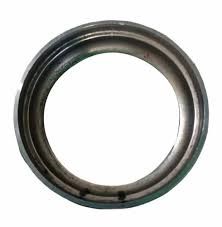
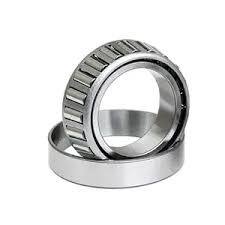
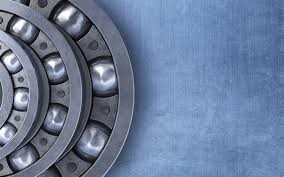
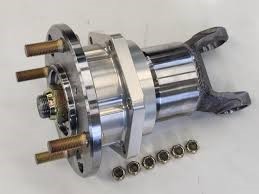

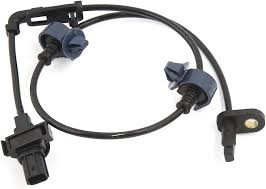
The wheel hub assembly is typically sold as a single combined unit in newer vehicles. However, in older models, the wheel bearings are separate components that can be separated from the hub and individually serviced.
Dragging a heavy box on the floor instead of rolling it on a cart can be cumbersome. The friction between the box and the ground makes it difficult to move. Similarly, without bearings, wheels would rub against the axle, creating friction and making it difficult to drive your car. Here is how wheel hub bearings work:
The bearings reduce friction, allowing the wheels to spin freely. As the vehicle moves, the wheel hub bearing facilitates the wheel’s rotation. The inner and outer rings of the bearing assembly provide smooth raceways for the rolling elements to move around.
Thee bearings also bear the weight of the car and the forces encountered during driving, turning, and braking. The bearing rings and rolling elements are made of robust steel to withstand these loads.
The bearings evenly distribute the load across the bearing assembly. This helps prevent excessive wear on any particular area and ensures that the wheel rotates smoothly without causing damage to the bearing components.
There are two main types of wheel hub bearings used in various vehicles:
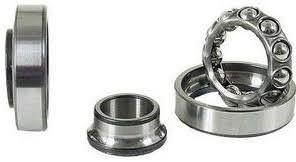
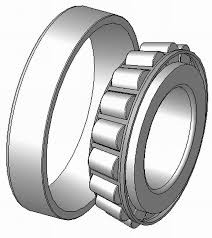
While often used interchangeably, there is a slight distinction between wheel bearings and wheel hubs:
Wheel bearing
This refers specifically to the precision bearings within the assembly that enable smooth wheel rotation. In older vehicles made before 1997, the wheel bearings were separate components from the hub.
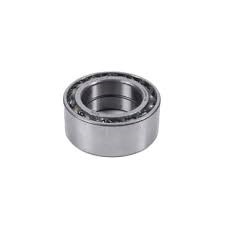
Wheel Hub Assembly
This is a pre-assembled unit that integrates the wheel hub itself, bearings, hub housing, seals, and sometimes a sensor. Modern vehicles almost exclusively use wheel hub assemblies for better efficiency and ease of replacement.
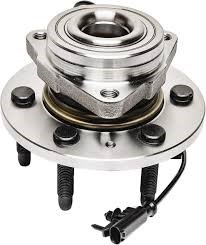
This is a pre-assembled unit that integrates the wheel hub itself, bearings, hub housing, seals, and sometimes a sensor. Modern vehicles almost exclusively use wheel hub assemblies for better efficiency and ease of replacement.
Identifying the signs of a failing wheel hub bearing is crucial for maintaining your vehicle’s safety and performance. A failing wheel hub bearing can manifest in several ways:
One of the most noticeable signs of a bad wheel hub bearing is unusual noises coming from the affected wheel. These noises can include grinding, rumbling, humming, or growling sounds, especially when the vehicle is in motion. The noise may change in intensity or pitch when turning or changing speeds.
A failing wheel hub bearing can cause vibrations or make your steering feel loose, particularly at higher speeds. This can lead to a shaky or unstable feeling while driving, which may worsen as the bearing deteriorates further.
When a wheel hub bearing is worn or damaged, it can affect the wheel’s alignment, leading to uneven tire wear. Inspect your tires for signs of uneven tread wear, such as bald spots or excessive wear on one side of the tire.
If you notice any looseness or play in the affected wheel, it could indicate a problem with the wheel hub bearing.
If your vehicle is equipped with an Anti-lock Braking System (ABS), a failing wheel hub bearing can trigger the ABS warning light on the dashboard. The ABS system relies on sensors located near the wheel hub bearings to detect wheel speed variations.
Ignoring a failing wheel hub bearing can lead to serious consequences, including:
A worn bearing can seize up completely, causing the wheel to lock and making it difficult or even impossible to steer. This can lead to a complete loss of control, especially at high speeds, increasing the risk of accidents.
In the worst-case scenario, a severely damaged bearing could cause the wheel to detach from the car entirely. This is a nightmare that can result in a serious accident.
Increased Stopping Distances: A failing bearing can affect the braking system by causing the wheel to wobble or drag. This can extend your stopping distances and make it harder to brake safely.
A bad wheel bearing can put additional stress on suspension and steering components, such as the CV joints, tie rods, and control arms. Ignoring the problem can lead to more extensive damage and costly repairs.
Replacing a wheel hub bearing is a job best left to a qualified mechanic. The process typically involves:
Should you replace the entire wheel hub assembly or just the bearings? Determining whether to replace just the wheel hub bearing or the entire wheel hub assembly depends on factors like your vehicle’s design, the condition of the components, and the cost-effectiveness of the repair.
Here are some considerations:
Understanding the importance of wheel hub bearings and recognizing the signs of wear or damage is essential for vehicle safety and performance. Regular inspection and timely replacement can prevent costly repairs and ensure a smooth and enjoyable driving experience.
What’s more, you can always seek professional assistance if you’re unsure about anything. At VBL, we are always ready to assist. Get in touch with us today for a free consultation.
WhatsApp us